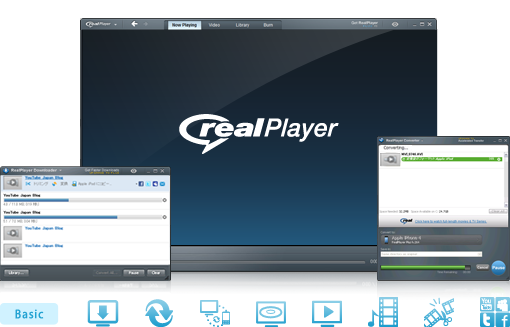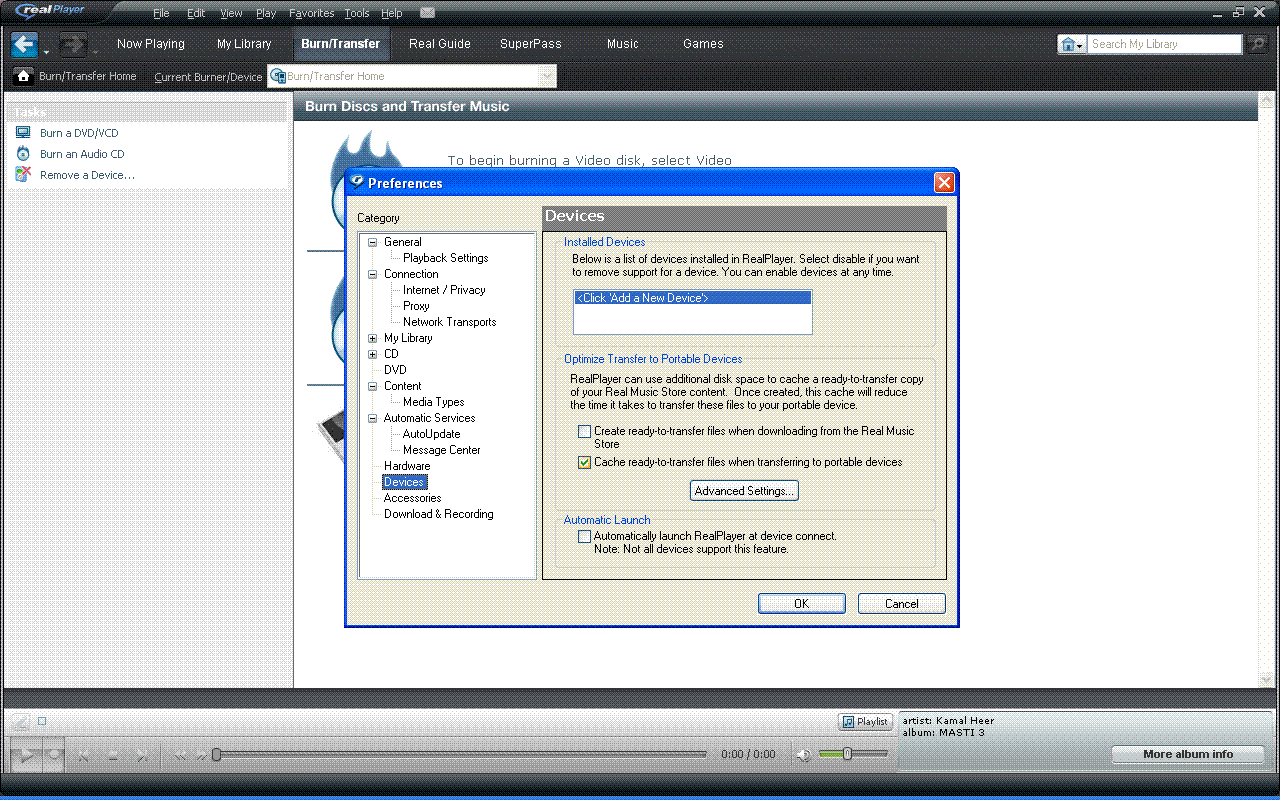


With an Internet connection this is done in matter of seconds,Īnd as most people may know by now, there’s no obligation to send the registration, This number, together with the CD-Key found in theĮnvelope that holds the Windows XP CD which the user has to enter during installation,Īre sent to Microsoft during the activation process and Microsoft returns anĪctivation code. This process elaborates a hardware hash (“an eight byte value that is created by running 10 different pieces of information from the PC’s hardware components through a one-way mathematical transformation”, as Microsoft explains in the Product Activation White Paper). The new “feature” most people seem to hate the most is Product Activation. Let’s examine the pros and cons, and to be a bit original, I’ll start with the cons: And the few applications that crash are the same that crashed before in any earlier version of Windows, and as a matter of fact they crash a bit less in XP.īut as it couldn’t be any other way, not everybody’s happy with it. It only crashed twice on me (because of buggy display card drivers probably), and when certain applications crash, the rest of the OS doesn’t care, as a matter of fact I can re-launch the application again and keep working on it, something that is unthinkable under Windows 98, Me or Mac OS classic. Of course, it’s not like you can throw anything at XP and it will stay unharmed, drivers are a very important component of an operating system, and if they’re buggy they make the whole system unstable, whatever OS it is.īut you’ve got to hand it to Microsoft, this time they did it right.

It was more susceptible to bad written device drivers than Windows XP, and that shows. Granted, Windows 2000 was a decent try, but it had its share of system crashes, even with the neatest possible installation. After years of crashes, BSODs (Blue Screen of Death), Stop errors and dozens of other problems, Microsoft finally has delivered what most of us would think impossible from them: a rock stable operating system.


 0 kommentar(er)
0 kommentar(er)
